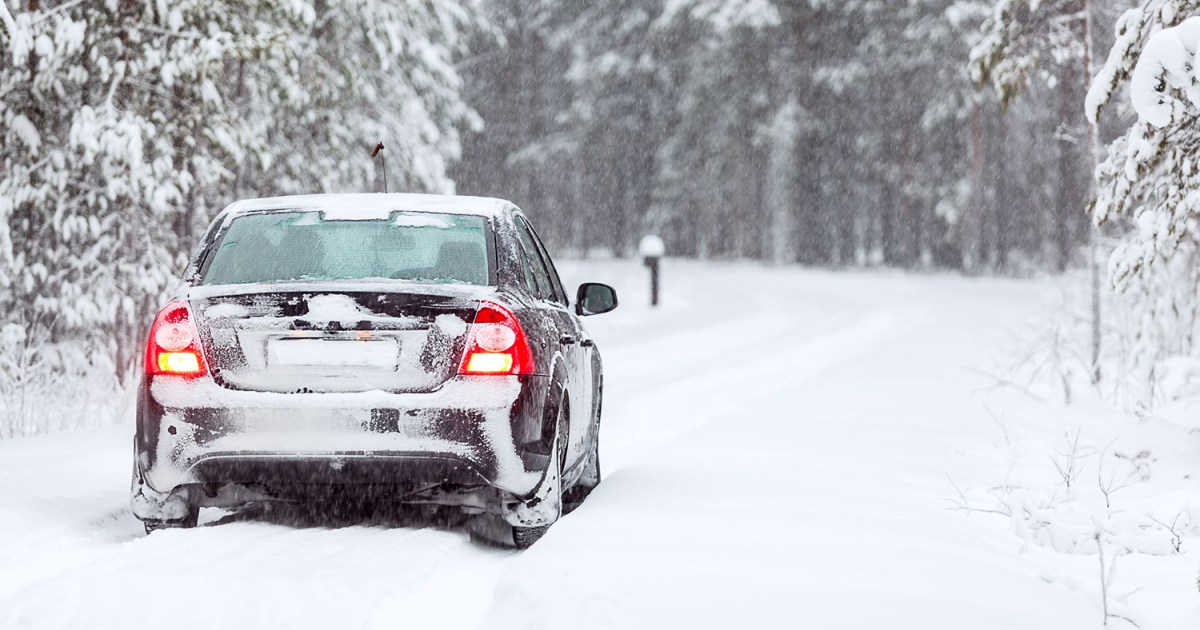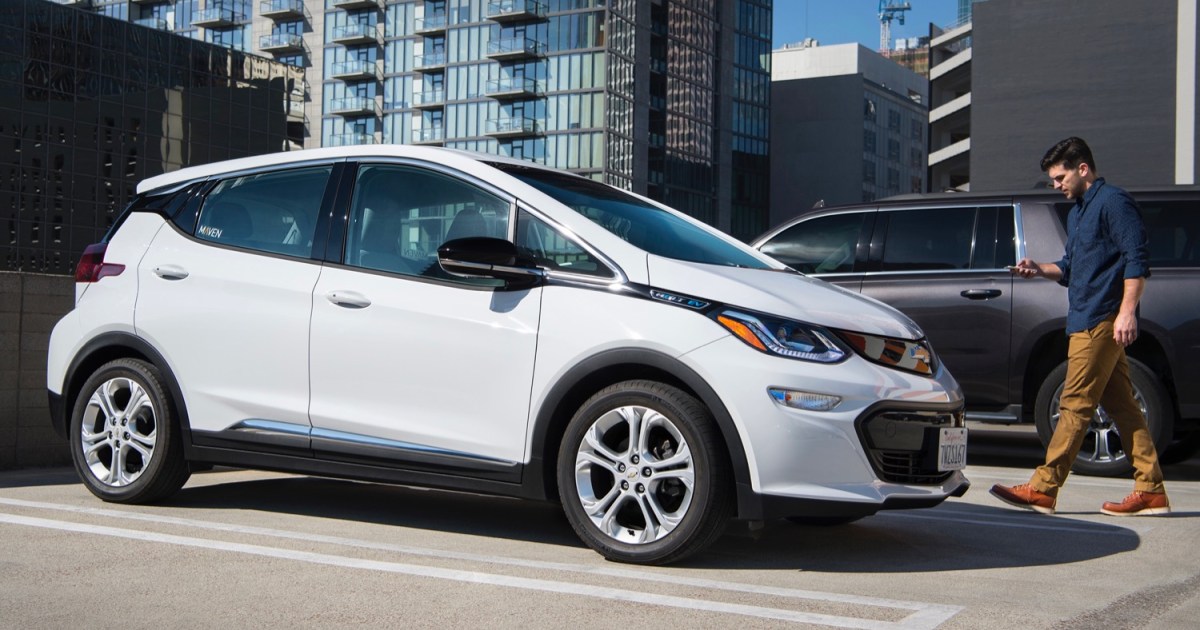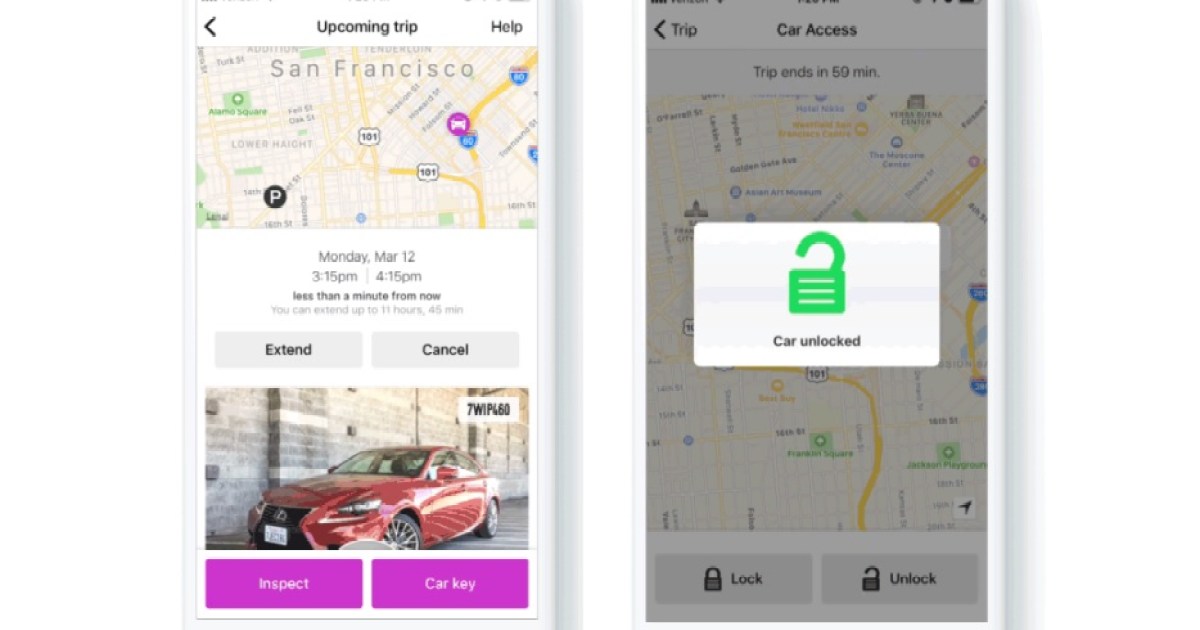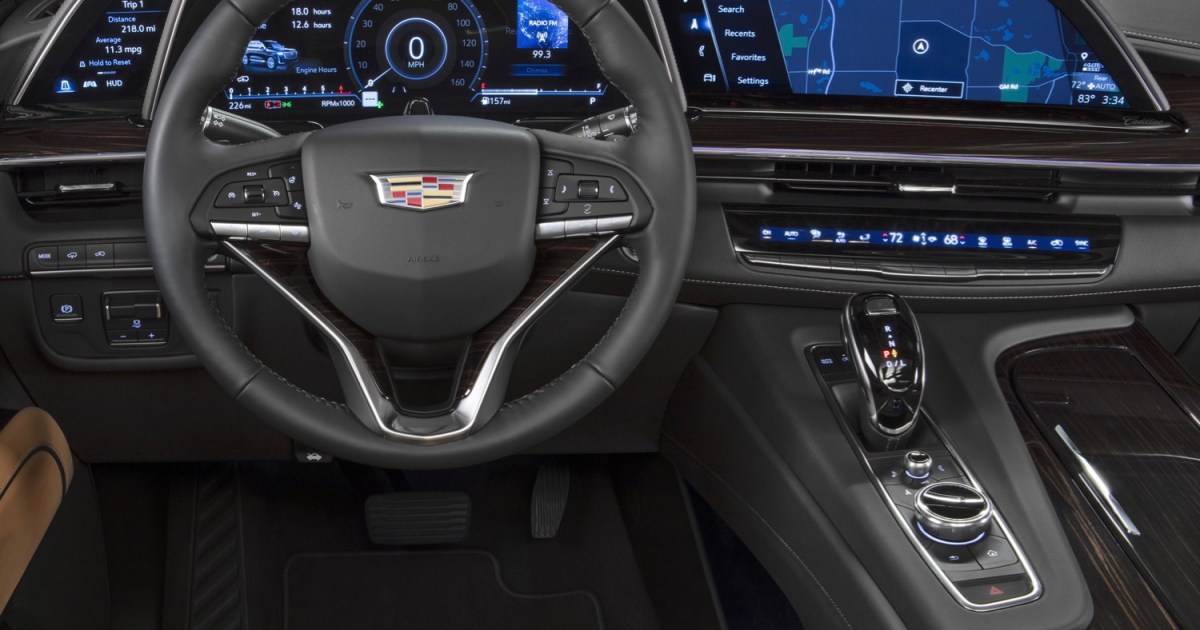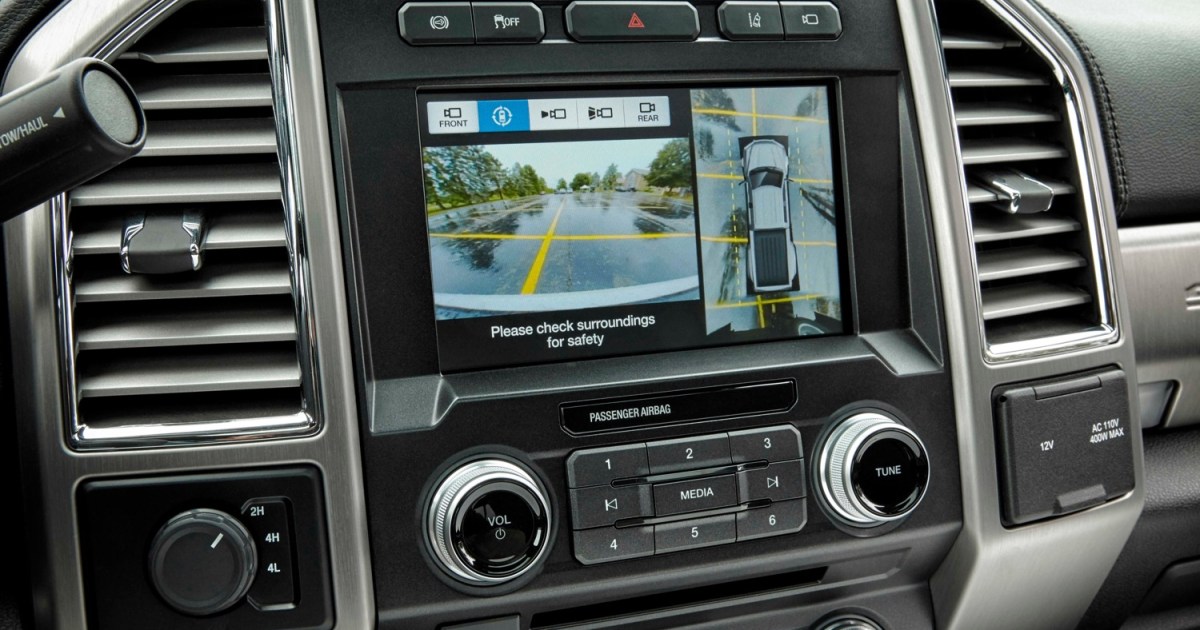Winter brings unique driving challenges. From icy roads to reduced visibility, navigating snowy streets requires preparation and careful driving. This guide offers essential winter driving tips to help you stay safe and confident on the road.
Gear Up for Winter Driving
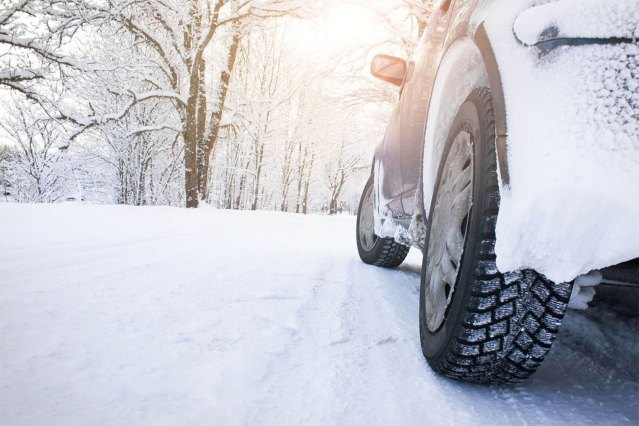 Winter tires on a carImage used with permission by copyright holder
Winter tires on a carImage used with permission by copyright holder
Equipping your car with the right tires is paramount for winter driving. All-season tires are adequate for mild conditions, but dedicated winter tires like the Bridgestone Blizzak or Goodyear Ultra Grip offer superior grip on snow and ice. Their softer compound and unique tread patterns enhance traction and handling. For extreme conditions, studded tires or chains provide maximum control, but be aware of local regulations regarding their use. Check AAA’s state-by-state guide for specific information. Never mix and match tire types, as this can compromise stability.
Prepare Your Vehicle for Winter
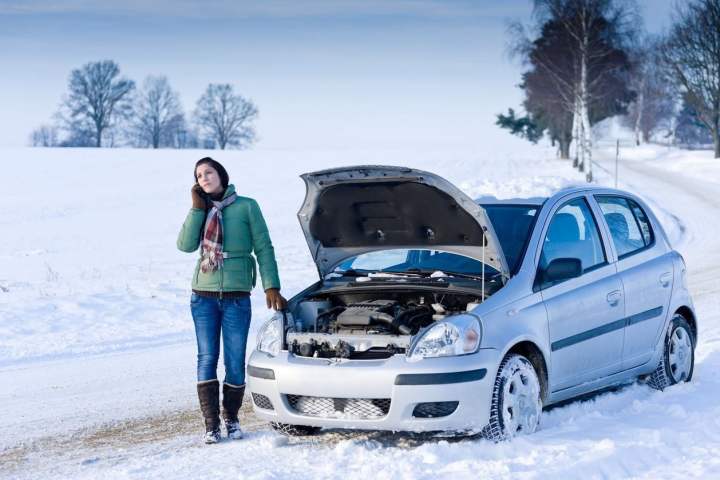 Car winter maintenanceImage used with permission by copyright holder
Car winter maintenanceImage used with permission by copyright holder
Beyond tires, several other steps are crucial for winterizing your vehicle. Ensure your wipers are in good condition and clear all windows, mirrors, and headlights before driving. An ice scraper and snow brush are essential tools. For extreme cold, consider an engine block heater, especially for diesel engines. Avoid using the handbrake in older cars, as it can freeze overnight.
Essential Winter Driving Supplies
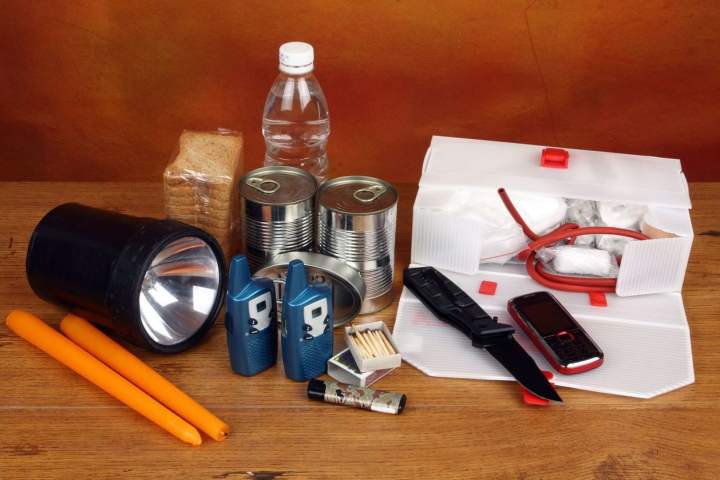 Winter car emergency kitImage used with permission by copyright holder
Winter car emergency kitImage used with permission by copyright holder
A well-stocked emergency kit is crucial for winter driving. Pack warm clothes, food, flares, glow sticks, a flashlight, blankets, a shovel, jumper cables, a first-aid kit, sand, a snow brush, and a spare tire. Pre-made emergency kits are available online, offering a convenient way to ensure you have essential supplies in case of a breakdown.
Maintain Car Cleanliness in Winter
 Cleaning snow off a carImage used with permission by copyright holder
Cleaning snow off a carImage used with permission by copyright holder
Keeping your car clean during winter is vital for safety and preventing rust. Remove snow and ice from the roof to avoid hazards for yourself and other drivers. Regularly wash your car to remove road salt, which can corrode metal components. Applying a layer of wax before winter provides added protection.
Enhance Visibility in Snowy Conditions
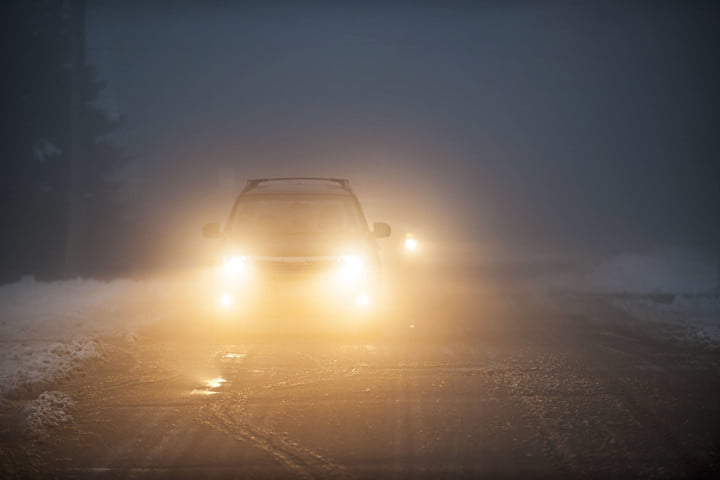 Car driving with low beams in snowImage used with permission by copyright holder
Car driving with low beams in snowImage used with permission by copyright holder
Reduced visibility is a significant winter driving hazard. Keep your low beams or fog lights on, as high beams can worsen visibility in heavy snow. If stranded, carry reflective gear, flares, and lights for added safety.
Plan Your Route and Check Conditions
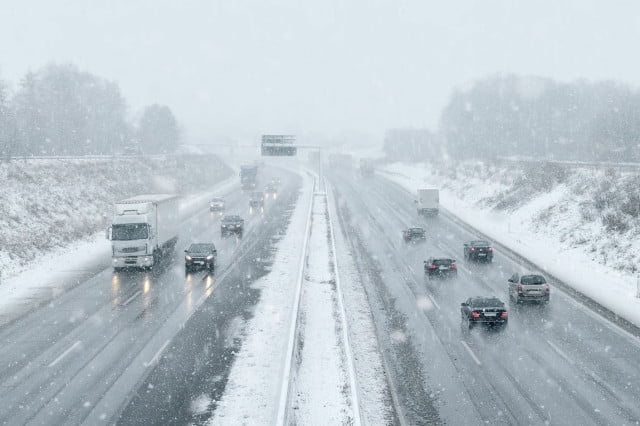 Checking road conditions onlineImage used with permission by copyright holder
Checking road conditions onlineImage used with permission by copyright holder
Before embarking on a winter journey, especially in mountainous or remote areas, check road conditions and weather forecasts. Utilize online resources like state road condition websites or the U.S. Department of Transportation’s Federal Highway Administration website for up-to-date information.
Drive Cautiously and Adapt to Conditions
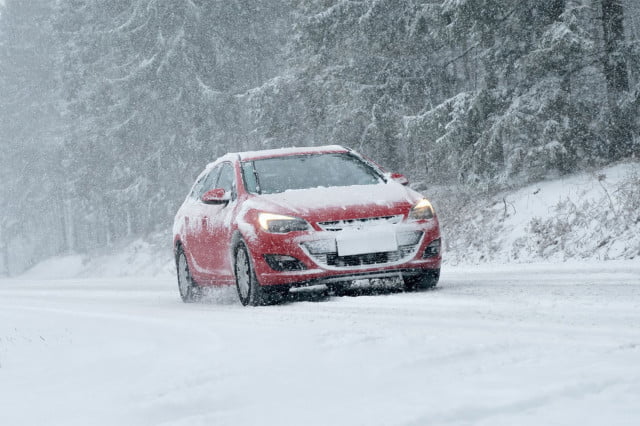 Car driving slowly in snowImage used with permission by copyright holder
Car driving slowly in snowImage used with permission by copyright holder
Careful driving is paramount in winter conditions. Reduce speed, avoid sudden movements, and allow extra time for braking, accelerating, and turning. If you skid, steer into the slide and gradually regain control. Practicing in a safe, empty lot can help you understand your car’s handling in snowy conditions.
Maintain Battery Health in Cold Weather
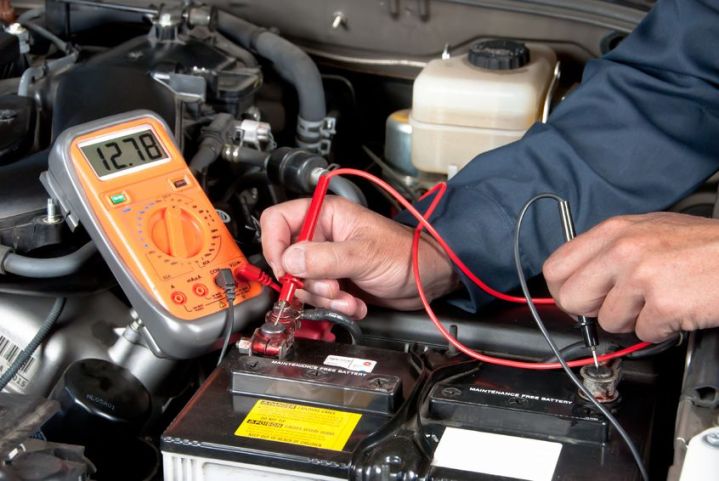 Testing car battery with multimeterImage used with permission by copyright holder
Testing car battery with multimeterImage used with permission by copyright holder
Cold weather reduces battery performance. Test your battery with a multimeter before winter arrives to ensure it’s fully charged. A reading of 12.45 volts or higher indicates a healthy battery. If your car requires a jump start, inspect the alternator, belt, mounting bracket, and battery cables.
Keep Your Fuel Tank Topped Up
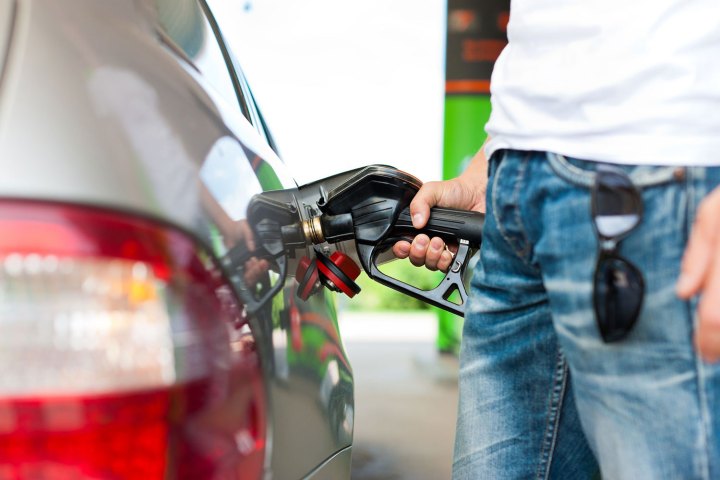 Filling up gas tankImage used with permission by copyright holder
Filling up gas tankImage used with permission by copyright holder
Maintain at least a half-full fuel tank during winter to prevent condensation from freezing in the fuel lines. Also, keep your windshield washer fluid topped up with a winter-rated formula. Ensure your coolant system is filled with the correct antifreeze mixture.
Be Prepared for Emergencies
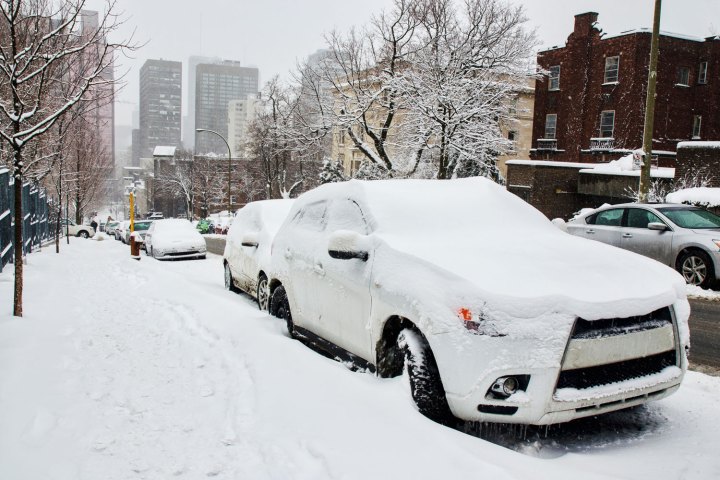 Stranded car in snowImage used with permission by copyright holder
Stranded car in snowImage used with permission by copyright holder
If you get stranded, stay with your vehicle for safety and visibility. Attach a bright marker to your car and keep the interior dome light on. Avoid running the engine continuously, as snow can block the exhaust pipe, creating a carbon monoxide hazard.



